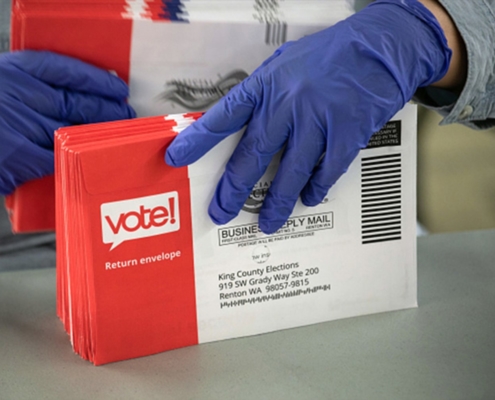
Leading Voting Rights Experts Discuss Universal Vote-By-Mail Amidst COVID-19
By Eliza Moreno, Communications Manager, Latino Policy &…
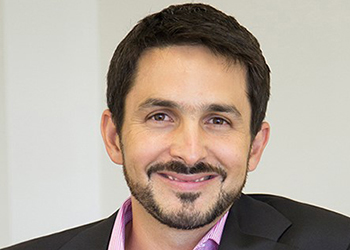
Q&A with UCLA California Policy Lab Director Dr. von Wachter on the CARES Act
As an economist and director of the California Policy Lab, Till…

Open Letter on Inequities and the COVID-19 Response
Professors Chandra L. Ford (UCLA), Bita Amani (Charles Drew…
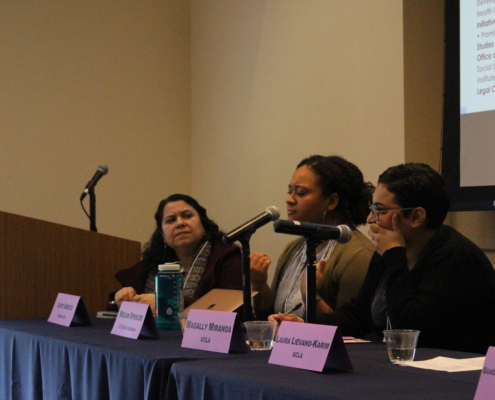
Approaching Justice in Gender Equity Spaces
By Bryanna Ruiz and Amado Castillo, Latino Policy & Politics…

UCLA Sociology Professors Advocate for “Physical” Rather Than “Social” Distancing
March 21, 2020 In an opinion piece that was published…
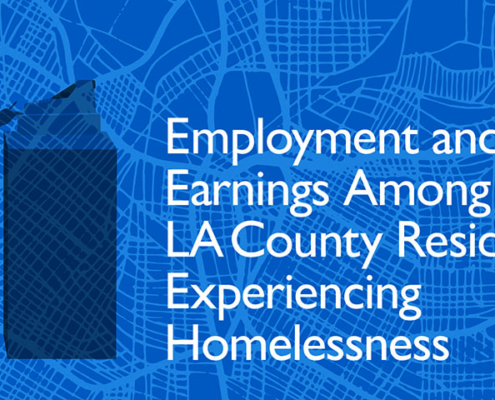
New Study Finds a Substantial Number of Californians Are Working Before Becoming Homeless
February 27, 2020 --- A new report released today by the…

$20 Million Gift Establishes the UCLA Bedari Kindness Institute in the Division of Social Sciences
The Bedari Foundation, established by philanthropists Jennifer…

Why Is Physical Education a Student’s Most Important Subject?
Since 2015, TEDxUCLA has provided a platform for innovative…
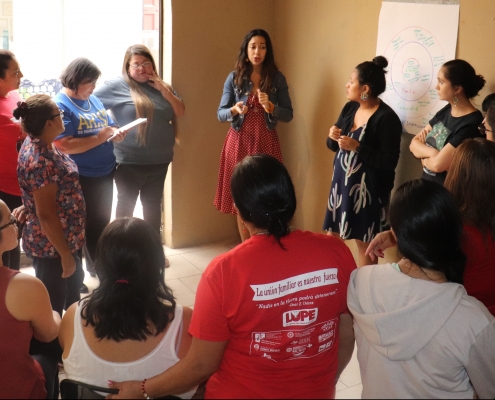
Latinx Organizations Convene in Border Town to Talk Immigration and Criminal Justice Reform
By UCLA Latino Policy & Politics Initiative (LPPI) In…
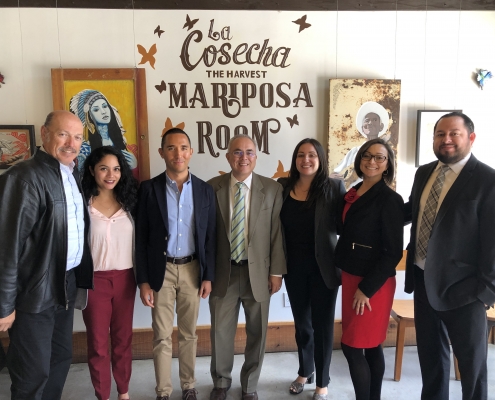
Informing Policy in Real Time: UCLA LPPI in Sacramento
By Celina Avalos and Sonja Diaz On May 20, 2019, the UCLA…

